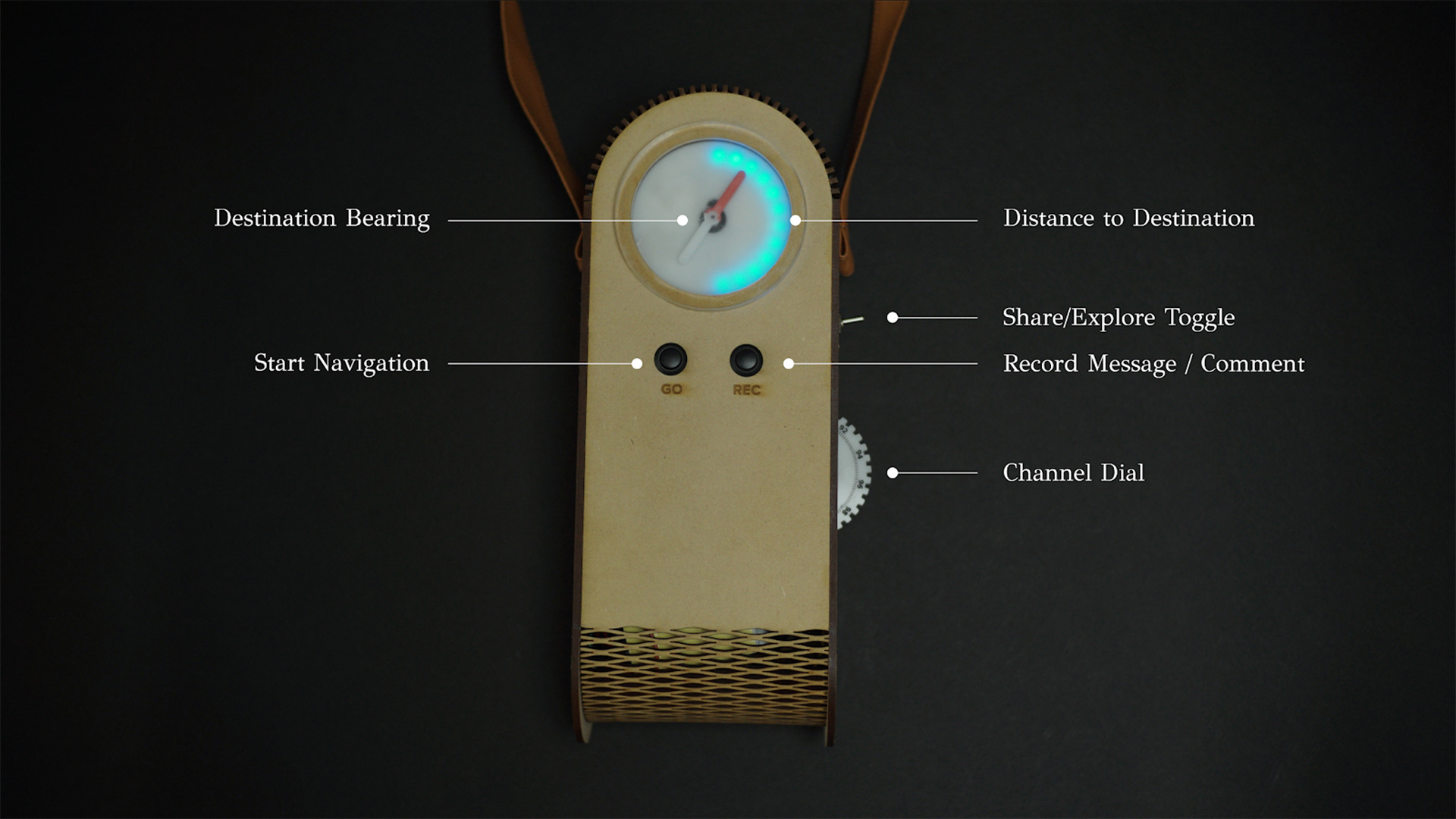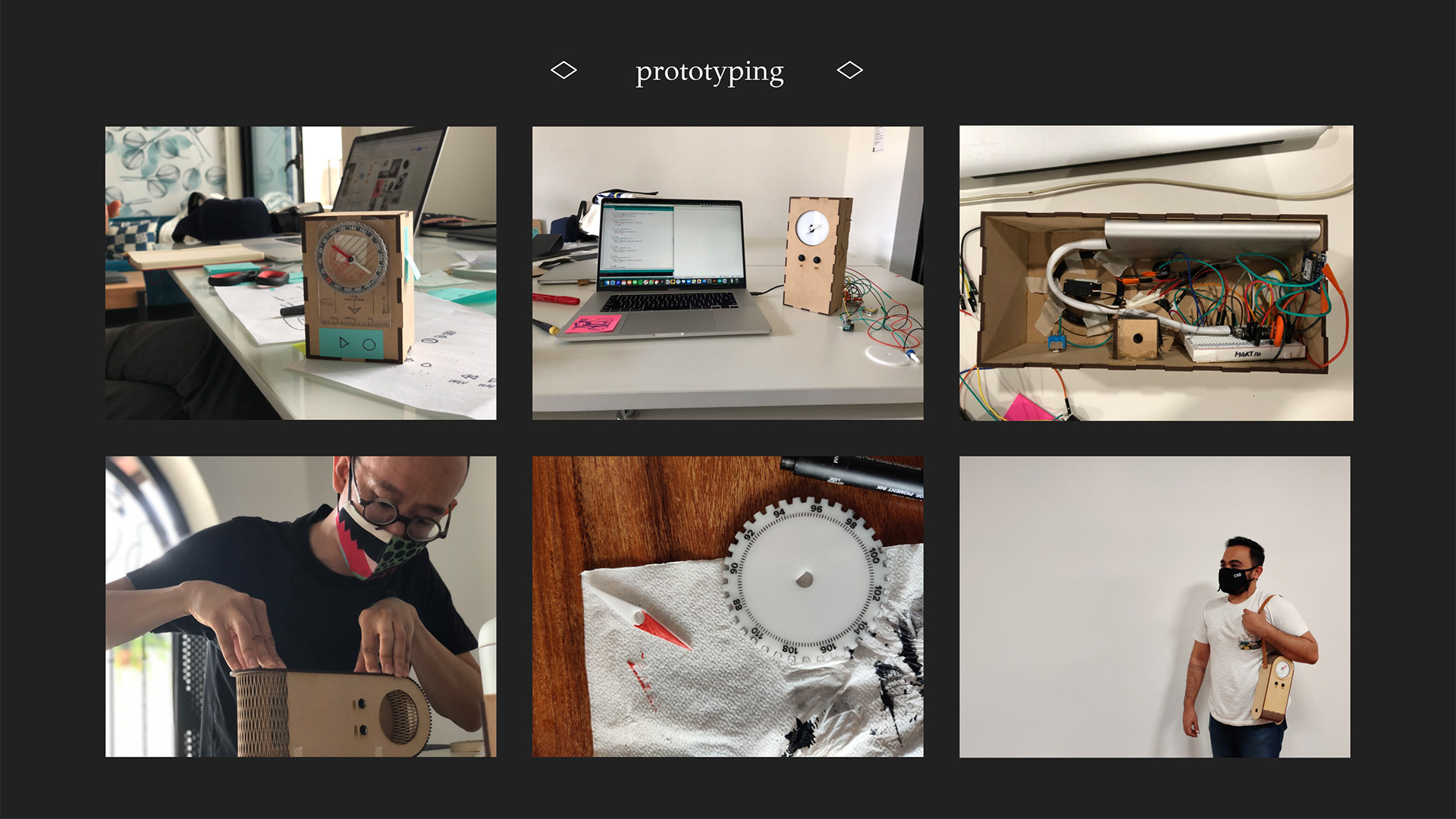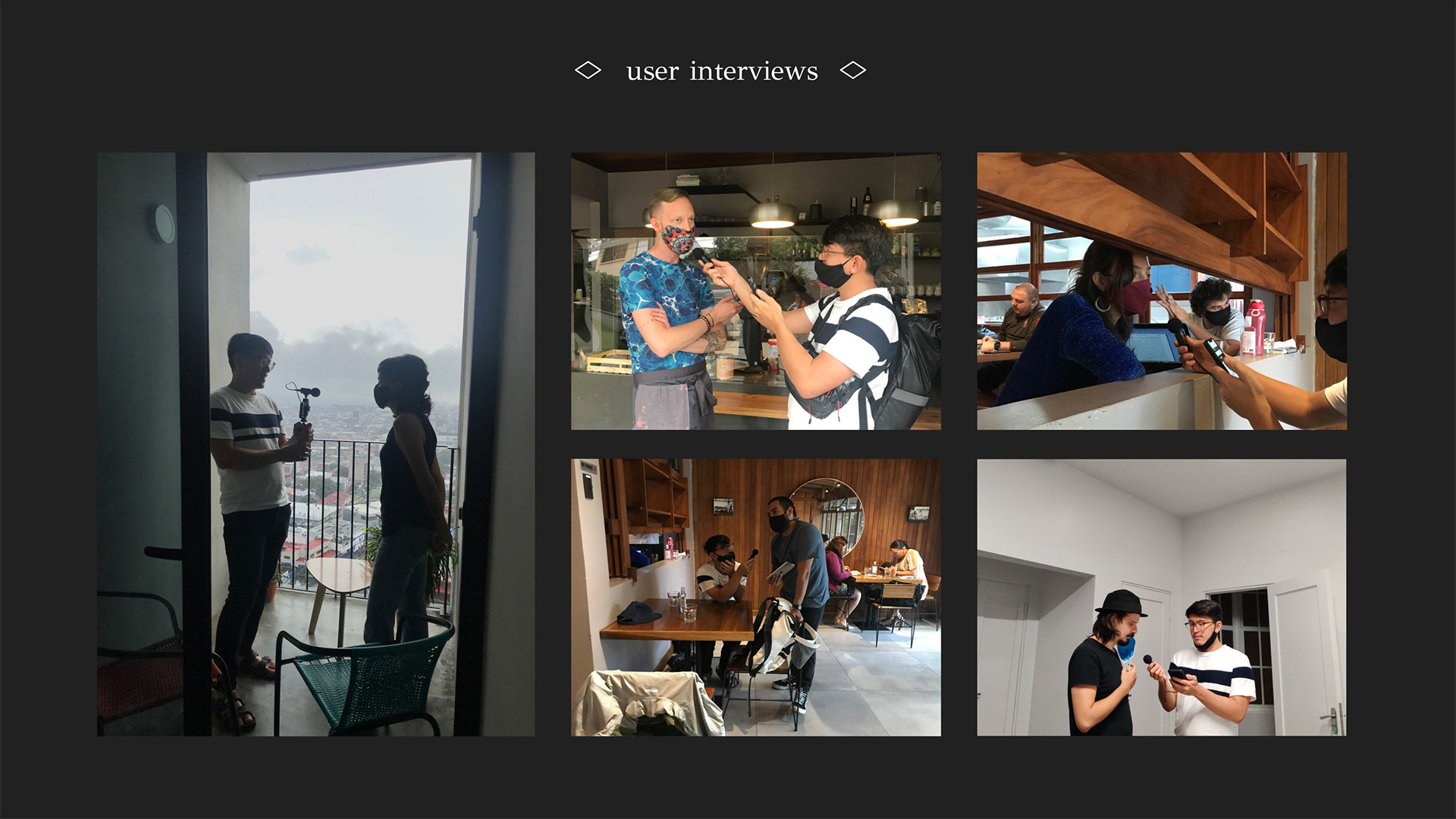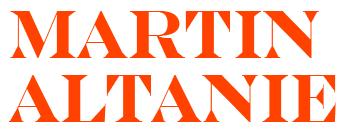Created at CIID (Copenhagen Institute of Interaction Design) | Interaction Design Program 2020
Course: TUI (Tangible User Interface)
Team: Norris Hung | Nandita Nina Shenoy | Martin Altanie
Hardware: Arduino NanoIOT33, Adafruit Neopixel Ring, SonyA7S, Voigtlander 40mm F1.4, Laser Cutter
Software: Photoshop, Illustrator, Premiere, After Effects
With the advancement of technology, it has never been easier to navigate around a city. With precise locations, maps will guide you with the shortest and most efficient directions. But for some, there is still magic in travelling to a new place, getting lost and finding hidden gems along the way.
Kindred is a portable device that aids tourists and locals in Costa Rica to go on adventures, follow unexpected paths and stumble upon hidden gems. It has real suggestions from locals, forming connections between travellers and residents of the country.
The idea stemmed from the unconventional address system of Costa Rica. Here, directions were given in relation to famous landmarks and approximate distances, For example: Go 200 meters to the north, take a left at the restaurant that used to be called Soda Los Laureles, then 50 meters west. It's a grey house with a metal fence.
What if we could use the uniqueness of Costa Rica’s address system to help both locals and tourists explore the country in a novel way?
Locals can switch to share mode and scroll through the ‘radio channels’ to find a free spot. They can then record a short audio clip about their favourite place in the city with directions on how to get there, and upload the clip onto the radio channel.
On the explore mode, the tourist can tune into the local’s channel and follow their story to the hidden destination, if they choose to do so. They can even leave a message of gratitude to the local who will receive it on the same channel.

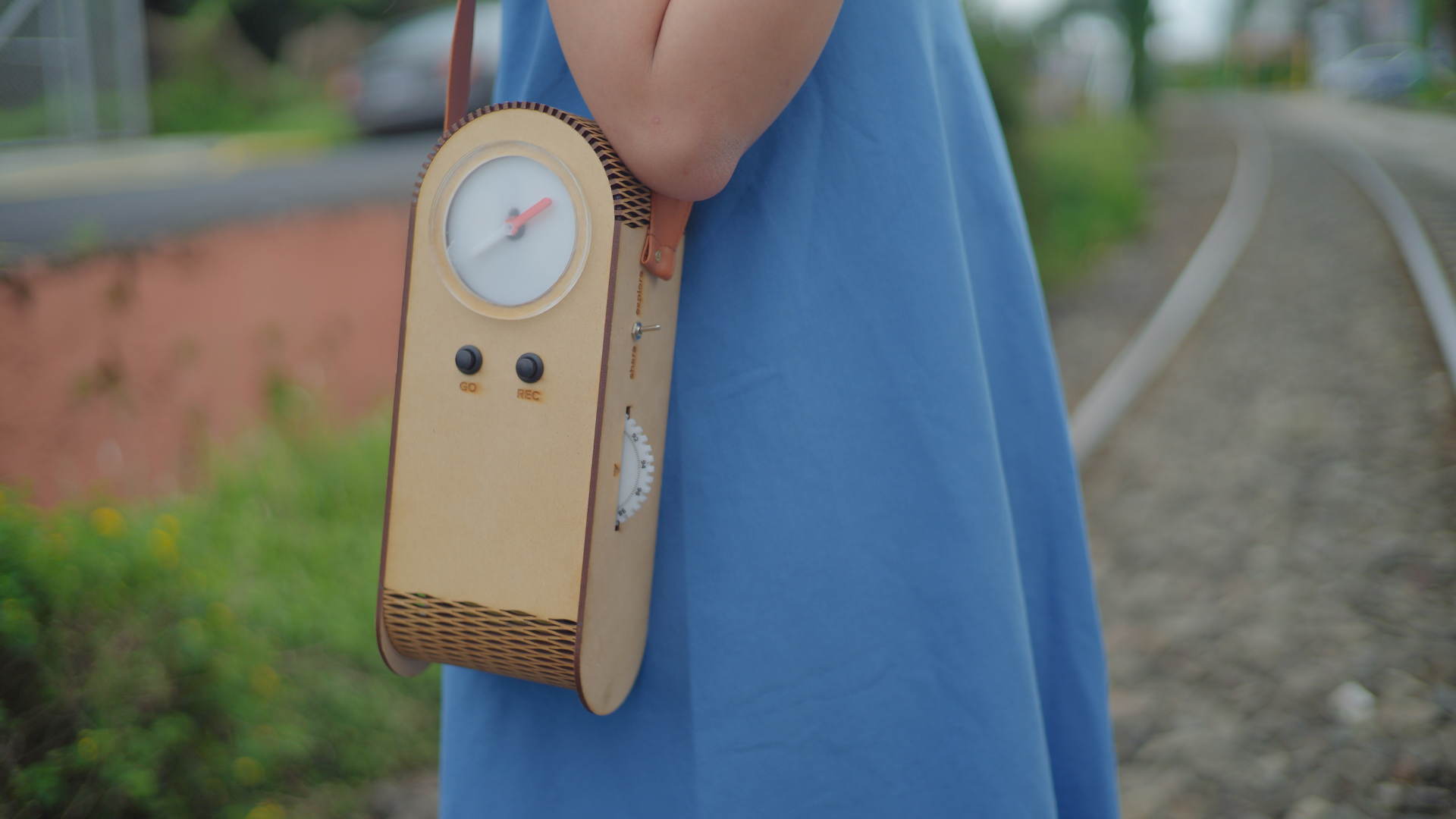
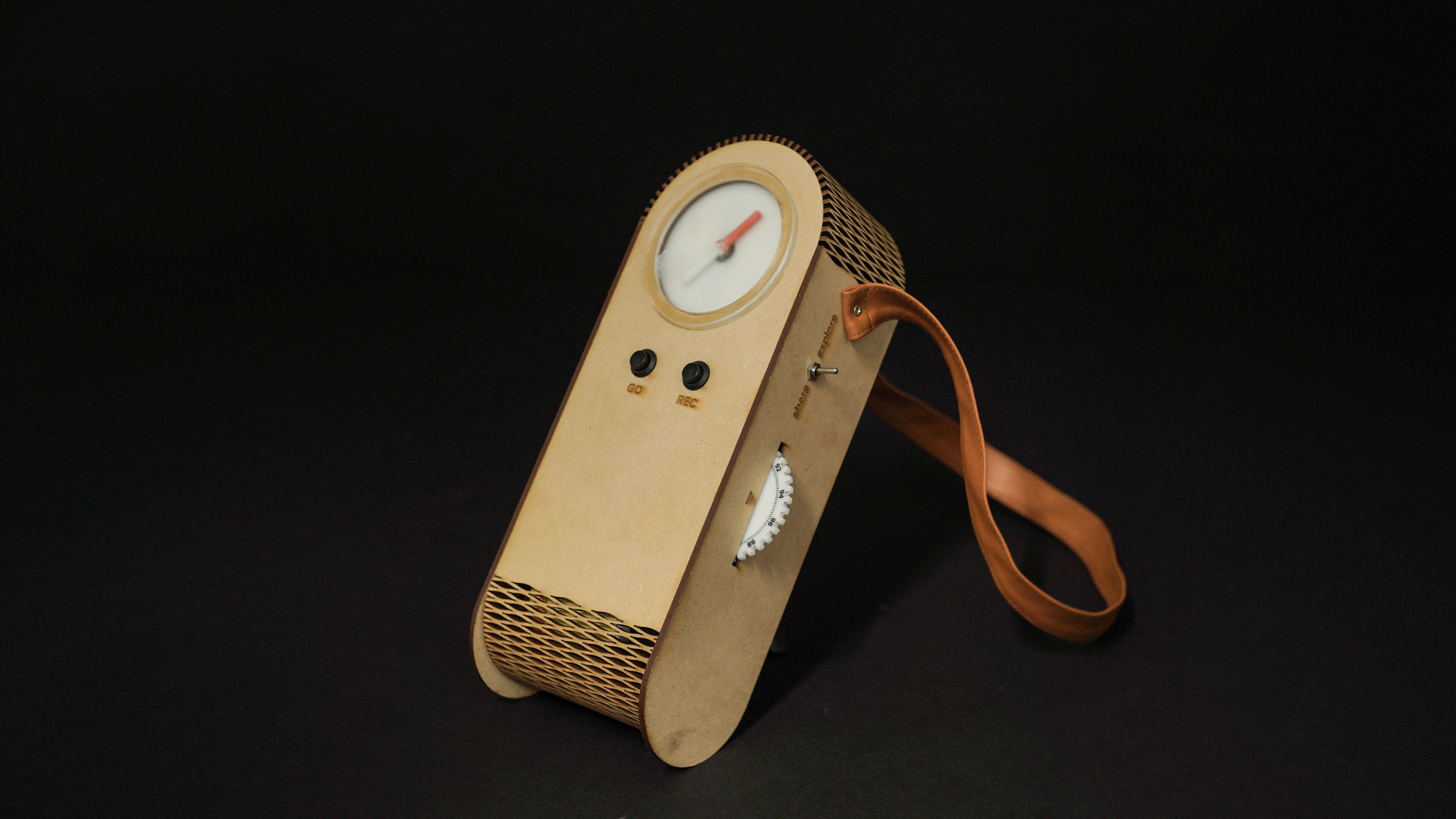
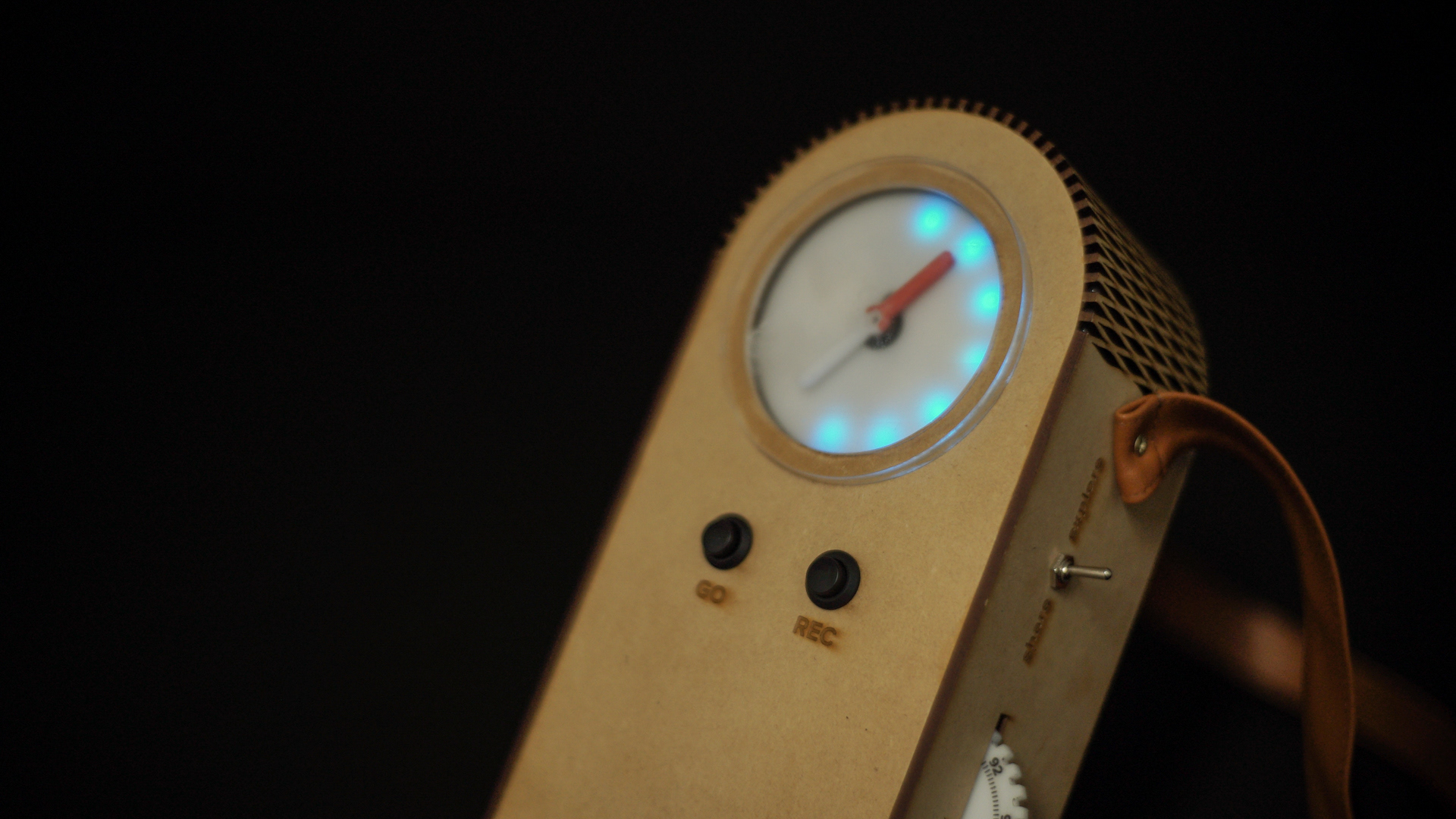
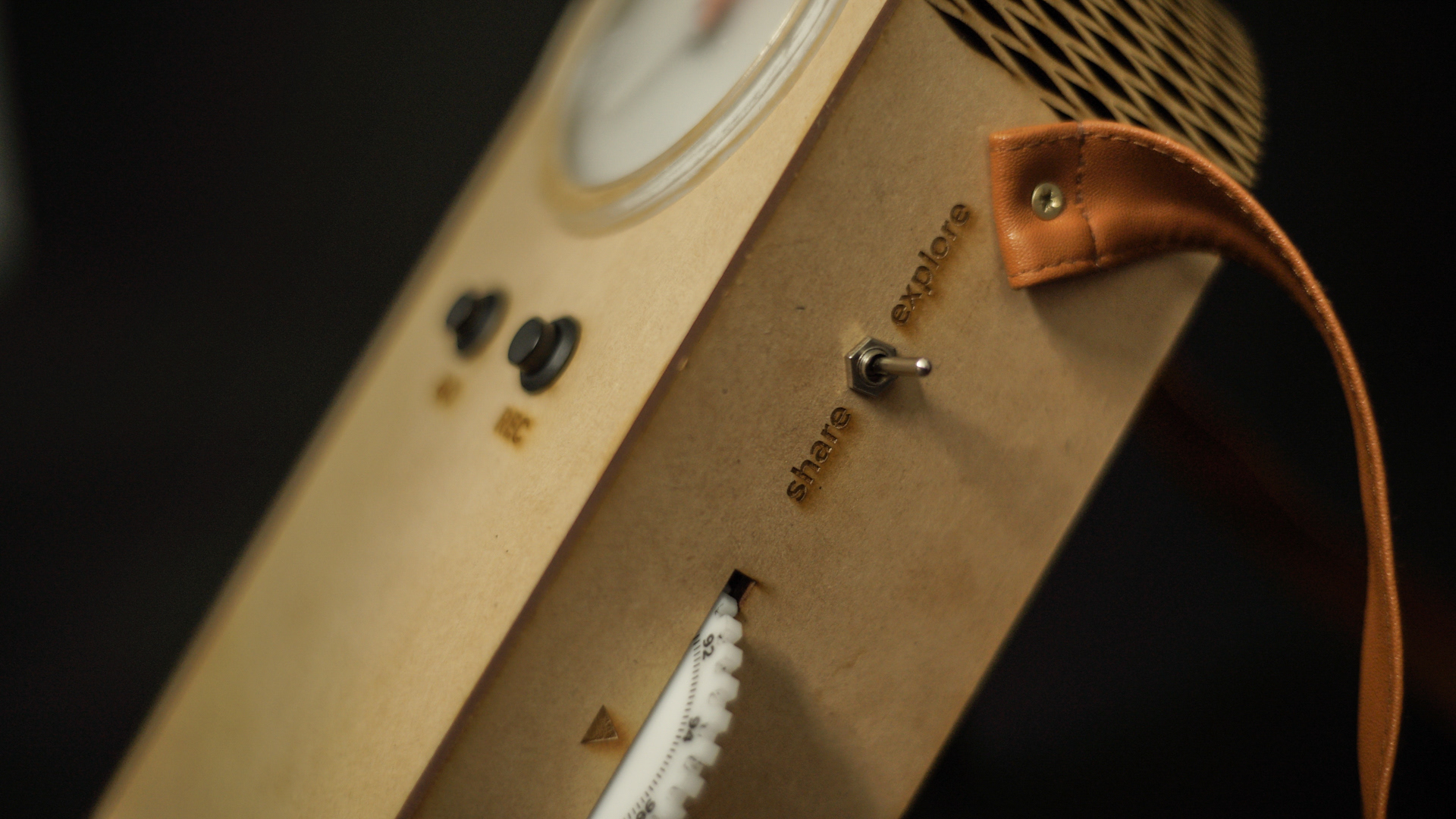
Kindred is a 5-day school project developed at CIID (Copenhagen Institute of Interaction Design) in Costa Rica. The brief was to design a tangible device with a local Costa Rican context that enable meaningful interaction between people within a city-scope.
The project started with interviewing local Costa Ricans to suggest their favorite places, the intention was to find out whether the suggestions are similar to what we can find online. The results came out that a lot of the suggestions were unique and very distinct from the mainstream information online. The next step was iterating the idea of how we can crowdsource these information from the locals and deliver them to the explorers, hence the radio idea was born. After we developed the prototype, we did few user testing to find out the form factor and usability of the interactions. We chose the shape of a portable bag that has compass-like way-finding device with radio slider and knobs to navigate the functions.
